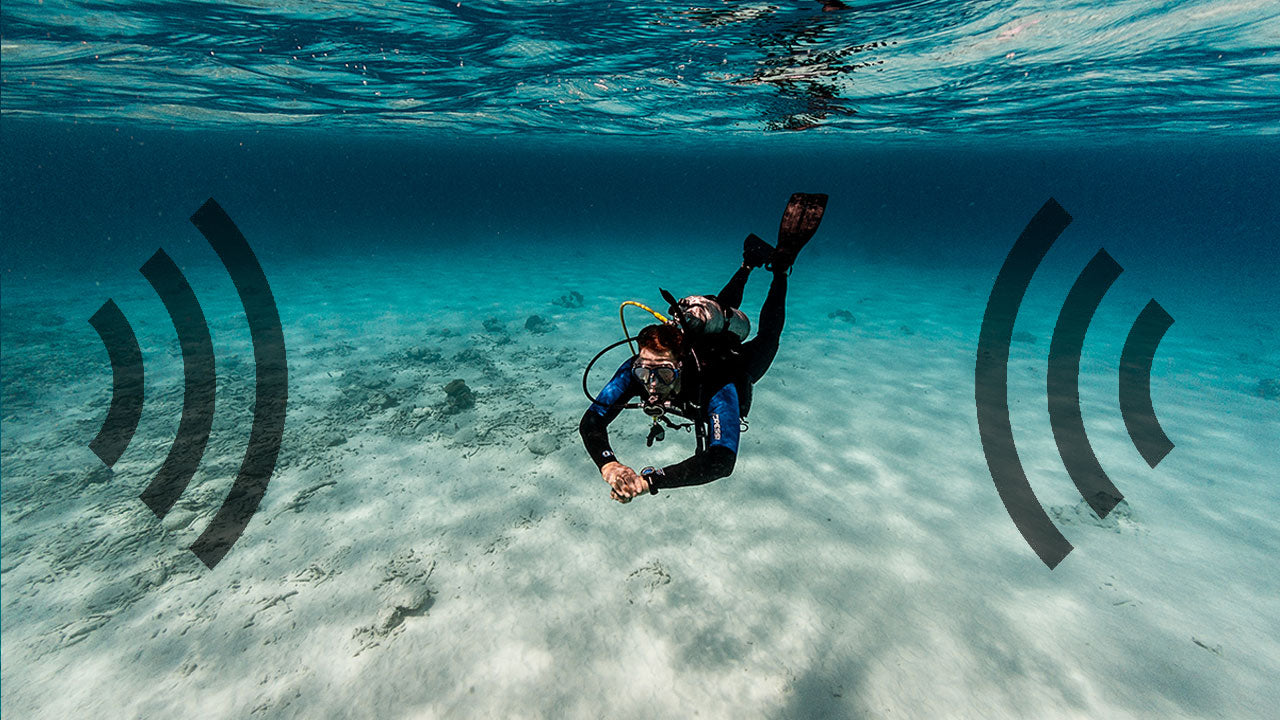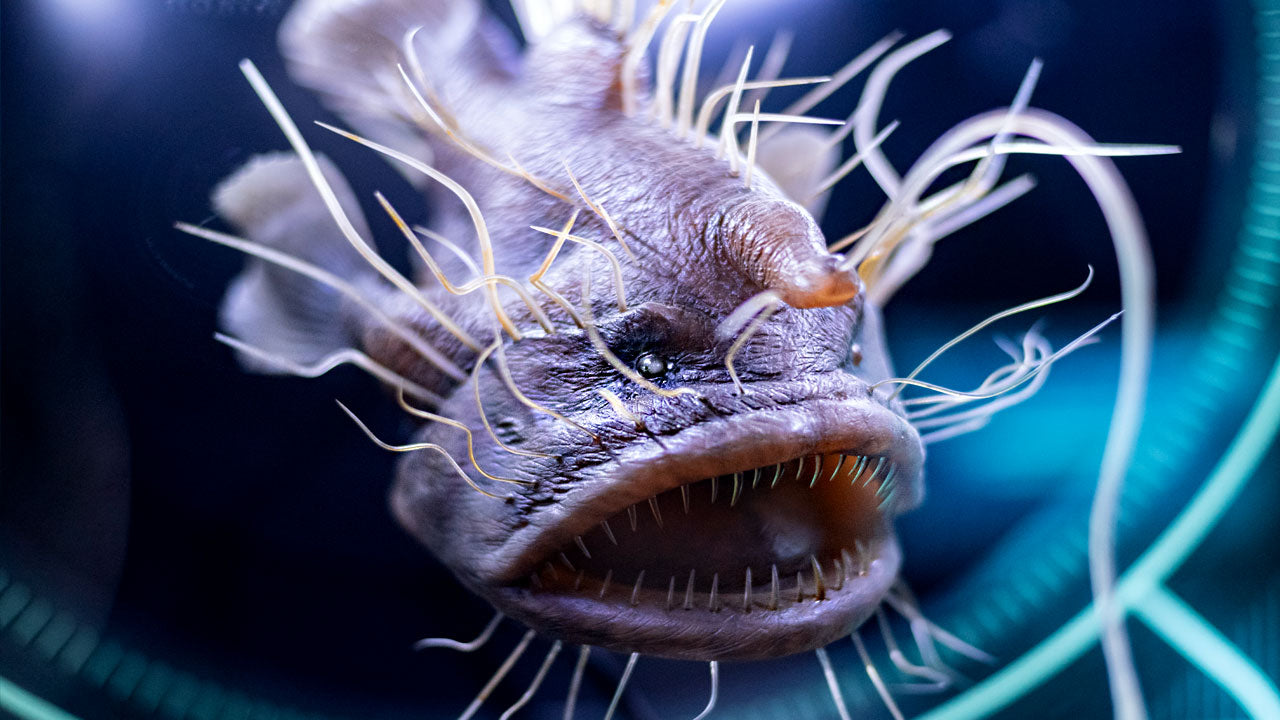The Beautiful Depredator: a Story of Lionfish Invasion

It all started back in 2002 when local divers off the coast of North Carolina have spotted a group of lionfish - the exotic fish species, common to the warm waters of western Pacific. The divers were perplexed by such an unusual discovery and have collected an actual specimen, which became the first solid evidence of lionfish spreading in the Atlantic.
Nowadays lionfish is on the lips of many divers, and for a good reason. The red lionfish (Pterois volitans) and devil firefish (Pterois miles) are among the fastest spreading invasive species problems in the ocean. According to NOAA, these pervasive creatures have become well established in Bermuda, the Bahamas, Cuba, the Dominican Republic, Jamaica, Puerto Rico, Turks and Caicos, and the Cayman Islands. There are also reported sightings in Belize, Haiti, U.S. Virgin Islands, Mexico, Aruba, Curacao, and Bonaire. But why is this a problem?
Invasive species are defined as non-native organisms that intrude into an area and may have serious detrimental effects on native organisms, the local economy and human health, as is the case with lionfish. A voracious appetite, eighteen venomous spines and the fact that they have no natural predators in the Atlantic Ocean make lionfish dangerous to coral reefs and to the species that inhabit them. In order to get a better understanding of the issue, let us look at how it came into being, why it is so troubling and what we can do to mitigate it.
How Did the Lionfish End Up in the Atlantic?
As we have mentioned before, lionfish species are native throughout the South Pacific and Indian Oceans. In theirnative range, lionfish populations are controlled by many factors such as predation, competition, and disease. It is not exactly clear how these creatures have traveled to the other side of the world, but there is a hypothesis that their initial introduction has occurred during Hurricane Andrew in 1992 when at least six lionfish escaped from a broken beachside aquarium near Biscayne Bay. The genetic testing supports this theory. It is also likely that continued release of unwanted lionfish by aquarium enthusiasts caused additional introductions and range expansion of the lionfish.
With no natural enemies and an extremely high reproductive rate of 2 million eggs a year from one female, lionfish have spread rapidly through the South Florida Estuaries, the Gulf of Mexico and the Caribbean Sea. Although now the colder water temperatures are keeping their numbers in check to the north, warming ocean conditions may permanently expand the range of this fish along much of the eastern coast of the United States.

Why Are Lionfish Dangerous?
Aesthetically speaking, lionfish are majestic-looking creatures, and many people find it hard to believe that they can cause some serious damage to coral reef health. In reality, there are quite a few reasons why lionfish make so much trouble.
1. Lionfish are voracious eaters. They can prey up to two-thirds of their own length. Impressively, their stomachs can expand up to 30 times their normal size after a meal. Thanks to this a single lionfish is capable of consuming 20 small fish in a 30-minute period. Given this extreme rate of feeding, lionfish are out-competing native predators for their food sources, as well as reducing fish populations through direct predation.
2. Lionfish are non-selective feeders. Samples of lionfish stomach contents in the western Atlantic have shown that they consume over 70 different species, many of which are overfished and diminished to already critical levels. What’s more, lionfish are particularly adept at eating juvenile fish, such as parrotfish, who consume algae that grow on coral reefs, thereby clearing them and helping to keep the reefs healthy. There are also some commercially important species of fish that use the reef structure as protection until they become large enough to survive in the open ocean. Lionfish consume them as fingerlings, thus harming not only the reef health but also the local economy.
3. Lionfish are not recognized by their prey in the Atlantic, which makes them very effective predators. The slow movement and unusual appearance act as natural camouflage for lionfish. Furthermore, some species seem to be attracted to lionfish, attempting to hide among its seaweed-like spines.
4. Lionfish have a broad and dynamic habitat range. Although they like to make their homes in the natural crevices of coral reefs, they can also live on hard bottom, mangrove, seagrass, and artificial reefs (such as shipwrecks) at depths up to 300 feet. This makes lionfish difficult to study and catch. Additionally, because lionfish don’t school and aren’t easily attracted by bait, they can only be caught through spearfishing one at a time.
5. Lionfish reproduce at an incredibly high rate. They become sexually mature in their first year and females can spawn 4,000 to 30,000 eggs every seven days. It's estimated that lionfish have been able to populate a million square miles of ocean in 10 years.
What Can We Do?
The growing threat that lionfish presents has led many Caribbean islands to promote competitions to catch and kill as many lionfish as possible. Florida has also lifted catch limits and size restrictions for anyone hunting them. Additionally, the state agency has launched the Reef Rangers program, which encourages divers to remove lionfish from reefs at least twice a year.
Increased awareness of the problem has prompted efforts to recruit the public to help fight the invasion. There are now numerous lionfish spearing guides and cookbooks available. Many forward-thinking restaurants have even started offering lionfish on their menus.
Watch a video from National Geographic on how divers and researchers fight the invasive lionfish in Florida's coastal waters.
Here are a few things you can do to help control the lionfish populations in the Atlantic:
- Spread the word! Share educational lionfish-related articles and posts from reputable sources on social media.
- Don’t promote or applaud dangerous lionfish-related behavior (such as feeding lionfish to potentially dangerous predators from the end of a spear).
- Eat lionfish! They are delicious and sustainable. What’s more, eating lionfish is healthier than eating snapper or grouper because lionfish have higher concentration of heart healthy omega-3 fatty acids and are very low in heavy metals like mercury and lead. Here is the list of restaurants that currently serve lionfish.
- Donate to organizations that promote lionfish management and conservation.
- If you snorkel or dive, get your own equipment and catch lionfish. Make sure you are comfortable with your diving skills, conditions, environment and know the safe lionfish hunting practices. Also, educate yourself on all local regulations on lionfish hunting.




